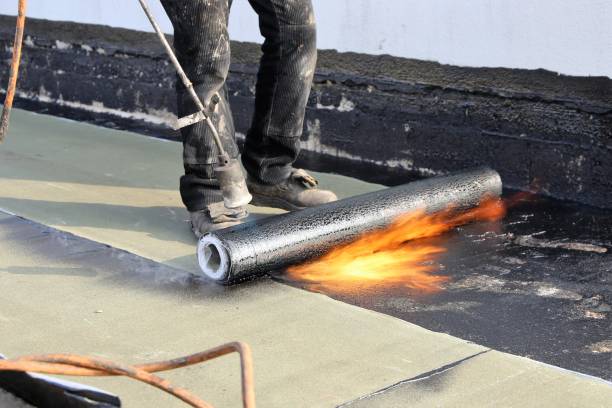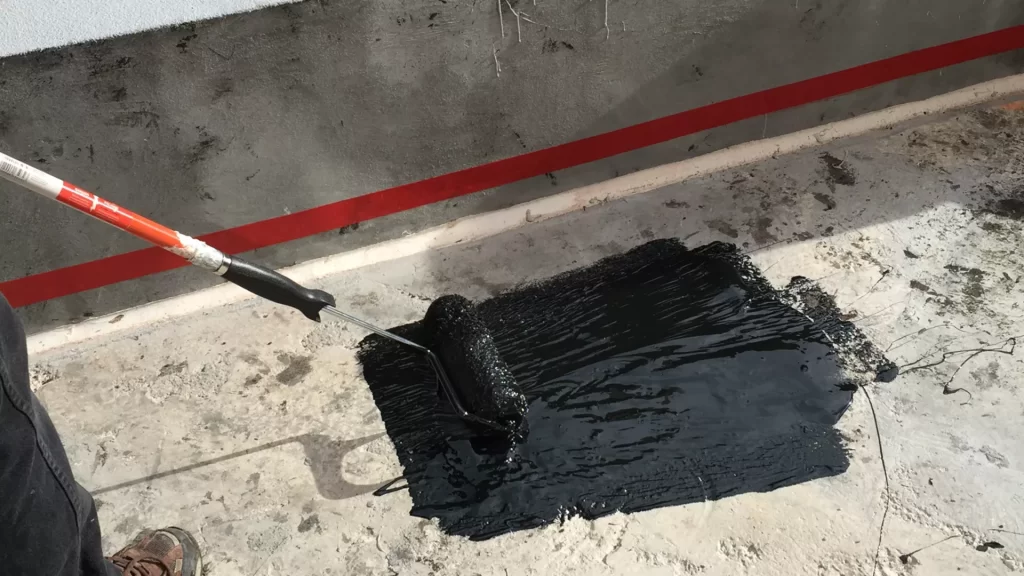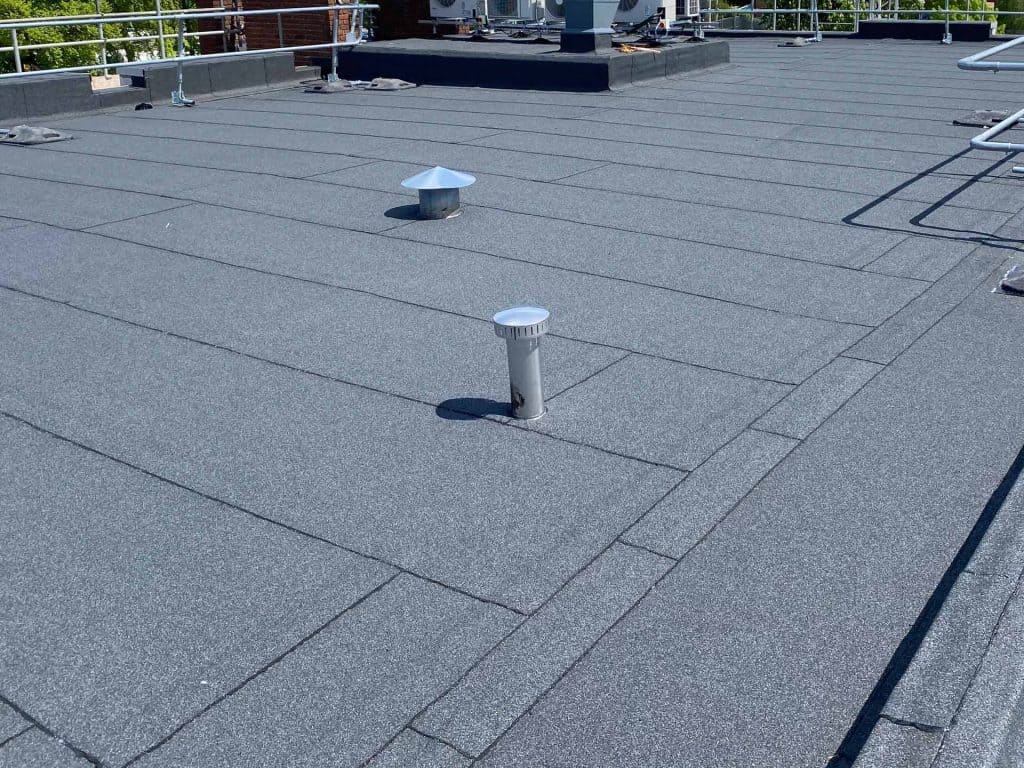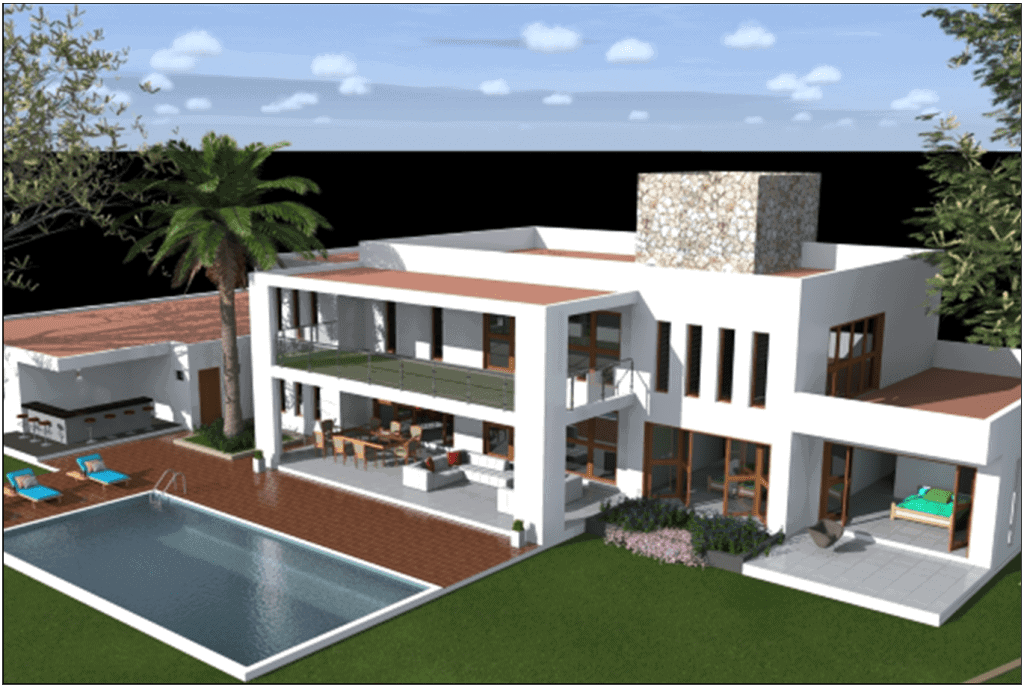The roof of a home is often forgotten, perhaps because it is out of sight. Nonetheless, this relevant part of your building faces continued exposure to moisture and other harsh elements. This causes weakening and fast deterioration of your roof if regular maintenance checks aren’t in place. To ensure you get the most out of your beam and block flat slab there’s a need for waterproofing.
When it comes to flat roofs, the proposes of ensuring your roof’s longevity, there are various aspects of the process you need to take into consideration. Unlike sloped roofs that drain the water, flat roofs have a very shallow slope of approximately ¼ of an inch, which affects their draining capacity. They also tend to collect debris such as leaves and branches, which further affects the draining capacity. To ensure you get the most out of your flat roof, you need to know more about waterproofing and an effective waterproofing system in that case.
What is waterproofing?
Waterproofing is a procedure that helps to prevent rainwater or any liquid from penetrating the beam and block the flat roof slab and damage your structure. The technique is widely used in flat roofs to help control the effect of any kind of liquid from penetrating the system. The process guarantees impervious barriers established using:
- Durable and elastic liquid waterproofing membrane
- Polyurethane liquid membrane
- Cementitious materials
- APP membrane from bituminous.
Importance of waterproofing
Waterproofing is paramount as it helps reduce humidity on the flat roof slab and protects it from damage caused due to water exposure and moisture. It is also essential for the credibility of the building as it helps maintain the strength and durability of the concrete surfaces. Other benefits of waterproofing your rooftop slab include:
- Reduce the Risk of Water Damage to your flat roof slab
- Extends the shelve life of your flat roof slab
- Improve Overall Performance
- Prevent cold-related health issues.
- Reduce the Risk of Leakages
- Increase the Property’s Value
- More Energy Efficient
- Reduce Repairs, Maintenance, & Replacements needed on the roof
How To Waterproof Your Flat Roof?
The approach you decide to use to waterproof your flat roof will depend of several factors such as the size of the roof, the environment, the type of structure as well as the budget. The three main flat roof waterproofing methods include:
- Using reinforced bitumen membranes
- Liquid waterproofing
- Use of single-ply membranes
1. Reinforced Bitumen Membranes (RBM)

Most residential property owners use reinforced bitumen membranes to waterproof their flat roofs.
The process involves bonding together two to three layers of bitumen that are laid across the full surface of the flat roof. A polyester carrier is then combined with this coating to create a waterproof material. To attach this waterproof bitumen membrane to your flat roof, you can pour and roll or pour hot bitumen in front to seal the material to the roof. The cold application method can also be used where a cold adhesive is used to bond the material to the roof. Other methods of attaching the RBM to the roof include using a gas torch and self-adhesive.
2. Liquid Waterproofing
Liquid waterproofing involves using a special type of coating to weatherproof your flat roof. While this type of waterproofing can be used on typically all types of roofing, it is more common on flat roofs. Liquid waterproofing can last for 20 to 40 years depending on the quality of the product, the installation process, and roof maintenance after application. Examples include fiberglass liquid membranes and fleece liquid membranes.

3. Single-Ply Membranes

This method is more common in larger commercial buildings and expansive residential properties. These sheets can be installed to fit the entire flat roof if necessary. The most common ways of attaching a single-ply membrane to the roof include fastening, ballasting, and adhesion. Plastic fasteners can be screwed through the membrane to attach the sheets to the roof deck. Stone ballast can also be placed on top of the sheets and fastened together so that they remain in place. Adhesion involves the use of polyurethane adhesives to ensure that the single-ply membrane and the insulation are secured.
When your roof is exposed to too many outside elements, its decking and insulation will begin to rot and decay thus reducing the lifespan of your roof.
Benefits of beam and block system flat roof slab system
Cost-efficient
Beam and block flat slabs system is economical compared to other types of roofs like the pitched timber roof. Since commercial structures are huge properties, expect to save more when using this system than other roofing types and materials. If it is a commercial building, you always must think about the long-term investment. If you need a long-term roofing partner to meet your business goals, the beam and block flat roof system is an ideal choice.
Prevent leakages
When installed properly, the beam and block flat roof slab system prevents leakages that occur along the valleys/ridges of a pitched timber/steel roof. For starters, the roof is not completely flat as the name suggests but laid to a 1:4 or less, to ensure the rainwater drains well to the lower side. Then meticulous waterproofing is done to drain the rainwater well and avoid leakage.
Low Maintenance
Another humanistic advantage of the roof is maintenance. After some time, it may accumulate moulds, debris dirt, stains, and other external elements. However, you can easily remove these things from the surface using professional services occasionally. Some may also opt to do it by themselves, but while this may be guidance from the experts is imperative.
Faster installation process
The flat roofing system takes much lesser time to install. If you are renovating your commercial building, you will be glad to know that flat roof installation won’t interrupt your daily operations if the roof is being applied to an already existing building. 100m2 can be installed in a day to
Extra working space for various functions
The use of beam and block flat slabs has begun to be popular because of the flexibility to use it as a working space, temporary shelter, rooftop garden, or till a future vertical extension is taken place. You can easily convert your beam and block flat roof into a drying yard, a resting area, or a storage area. The idea is that it gives the owner an extra usage area at the top level.
Conclusion
Flat slabs are becoming more and more desirable as they can typically be used in most housing projects, including commercial and residential buildings. While waterproofing protection might seem like a relatively minor component of your overall flat roof slab construction costs, it is a vital component that determines your flat roof’s longevity and overall structural integrity. It also maximizes the benefit you get from your beam and block flat roof slab.
At EcoConcrete, we understand the challenges of protecting your roof slabs from the damaging effects of water. We also understand how important your property is. Waterproofing will enhance the roof performance as it protects your roof against leaks and other hazards.

